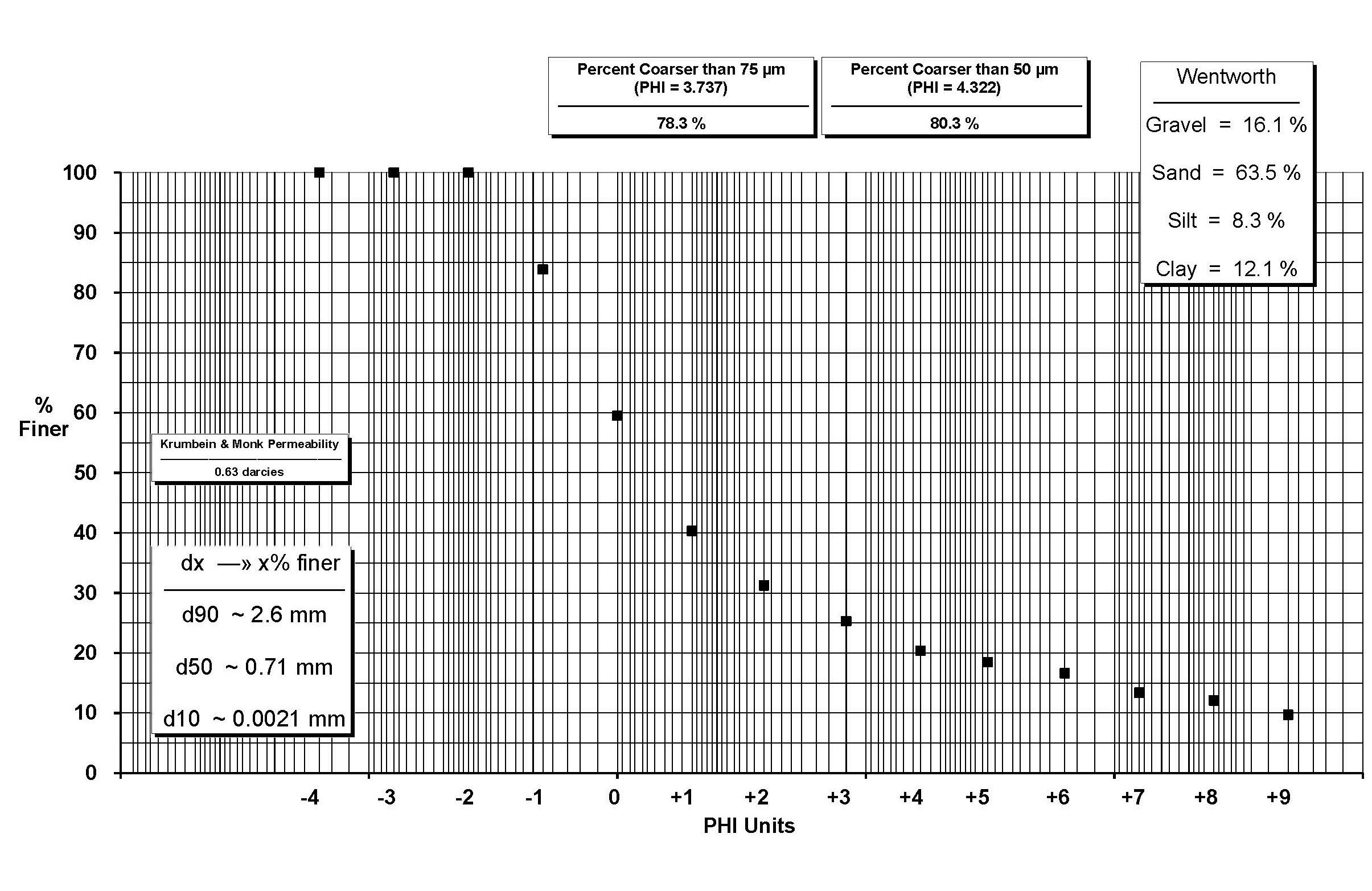Laboratory
Particle Size Analysis for Soil and Sediment
Apr. 8 2020
Particle size analysis is the measurement of the proportions of primary solid particles from soil and sediment. The various particle sizes are determined either by their capacity to pass through different mesh sieves or by their rates of settling in water. The proportions are usually represented by the relative weights of particles within the stated classes. The limits of these size classes differ in various commonly used systems of soil particle size classification.
Particle size distribution is one of the most stable soil or sediment characteristics, and is a significant controlling factor for such characteristics as:
- Porosity
- Permeability
- Water holding capacity
- Leaching potential
- Exchangeable nutrient supply
- Cation exchange
- Weathering behavior
- Susceptibility to wind and water transport
- The mechanical and geotechnical behavior of the soil
Particle distribution analysis on suspended and bottom sediments from lakes and streams can be used to help determine relationships between water quality, flora and fauna populations and bottom sediment characteristics. The fractionation of soils and sediments into various size classes can also be useful for the correlation of texture with pollutant concentration. Particle size determination is additionally a useful and sometimes necessary prerequisite to septic tank installation.
Sieve and Pipette Method
In the sieve and pipette method, a 30 mL aliquot of soil sample is treated with hydrogen peroxide to remove excess organic matter. The sample is then passed through a 63 μm sieve and thoroughly washed to remove fine particulates. Liquid fraction that contains particles less than 63 μm is reserved for pipette analysis.
Solids from the 63 µm sieve are dried and passed through a nest of sieves with successively smaller openings from top to bottom to separate the coarser particles. The resulting fine particulate material that passes through all the sieves is added to the aqueous fraction. This fraction is stirred to re-suspend the particulates and a pipette is used to extract aliquots at a constant depth and at various settling times. Following Stokes’ Law, this is designed to represent particles of specified diameters based on the individual fraction settling rate.
The sieve and pipette method uses the Wentworth classification system, which breaks down soil structure into the level of gravel, sand, silt, clay and phi. This classification system is most commonly used in North America for particle size and is recommended for environmental soils and sediments.
Figure 1: Particle Size Graph
Hydrometer Method
The hydrometer method uses the Canadian System of Soil Classification for sand, silt, and clay. This method is less accurate than the sieve and pipette method and is generally used to determine soil texture on samples that have not undergone any pre-treatment.
In this method, a 40 g aliquot of soil sample is treated with dispersion solution and placed on a flatbed shaker to disaggregate the soil particles. The sample is then passed through a 2000 μm sieve. Solids retained on the sieve are dried and weighed to determine the percentage of gravel. Solution is passed through the sieve and collected in a sedimentation cylinder to equilibrate overnight. The sample is mixed in the sedimentation cylinder and hydrometer readings are taken at 40 seconds and 7 hours. The hydrometer reading breaks down the levels of sand, silt, clay and moisture in the sample.
Coarse or Fine Classification
Regulatory agencies (including CCME, Atlantic PIRI, Ontario MOECC, AENV and BC MoECCS) have developed separate soil and/or groundwater quality benchmarks on the basis of soil texture (i.e. coarse and fine soils). Soil or sediment can be classified as coarse or fine through a simple test based on wet sieving with a single sieve.
